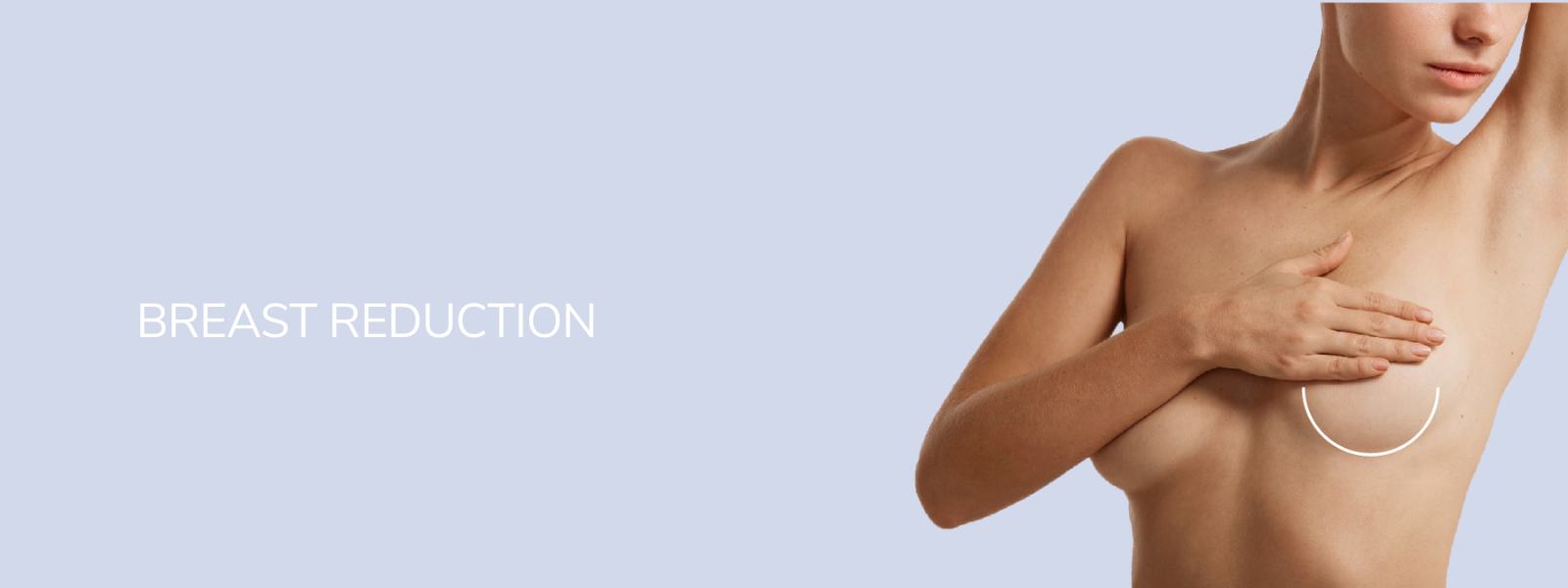
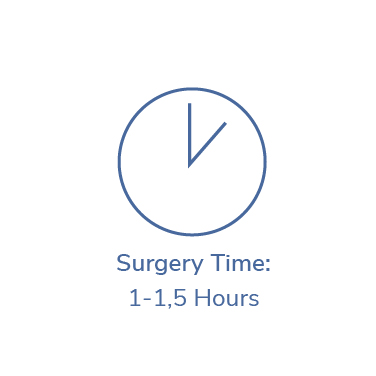





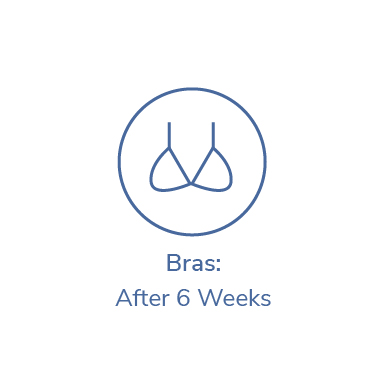
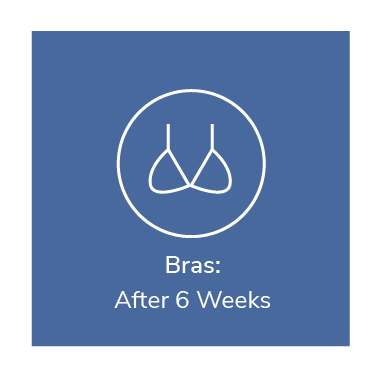






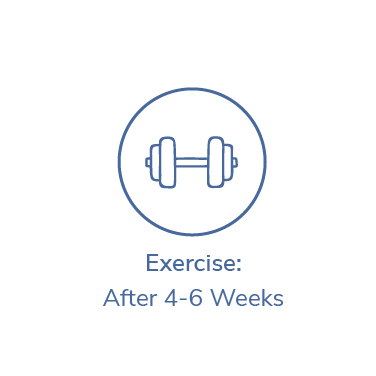
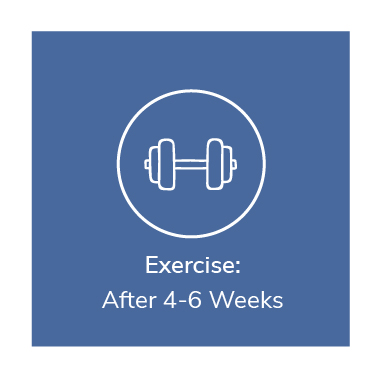

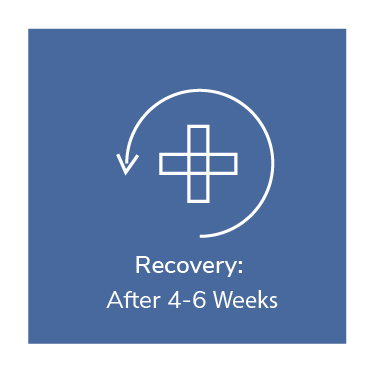


WHAT IS A Breast Reduction?
Breast reduction, also known as reduction mammoplasty, is a surgical procedure designed to decrease the size and volume of the breasts. It is typically performed to alleviate physical discomfort, improve body proportions, and enhance the overall quality of life for individuals with excessively large breasts.
Breast reduction can provide several benefits, including relief from physical symptoms such as back, neck, and shoulder pain, improved posture, enhanced ability to participate in physical activities, increased clothing options, and improved self-confidence.
The breast reduction surgery typically involves the following steps:
Anesthesia: The surgery is performed under general anesthesia, ensuring that you are asleep and pain-free throughout the procedure.
Incision placement: The surgeon will make incisions on the breasts, carefully planning the incision pattern based on factors such as your breast size, shape, and desired outcome. Common incision patterns include:
- Anchor incision: This involves an incision around the areola, a vertical incision from the areola to the breast crease, and a horizontal incision along the inframammary fold.
- Lollipop incision: This involves an incision around the areola and a vertical incision from the areola to the breast crease.
Tissue removal and reshaping: Excess breast tissue, fat, and skin are removed to reduce the size and volume of the breasts. The surgeon will also reshape the remaining breast tissue to create a more lifted and proportionate contour. The nipple-areola complex is usually repositioned to a higher position on the breast mound.
Areola resizing and repositioning: If necessary, the size and position of the areola may be adjusted to match the new breast shape and size.
Incision closure and recovery: The incisions are carefully closed with sutures. Drainage tubes may be inserted to remove excess fluid. Dressings or bandages are applied to protect the incision sites. You will be provided with specific post-operative instructions on how to care for the incisions, manage pain, and support the breasts during the recovery period.
Recovery and follow-up: Recovery time can vary, but most individuals can expect some swelling, bruising, and discomfort initially. Pain medication may be prescribed to manage any discomfort. It’s important to avoid strenuous activities and heavy lifting for several weeks. Follow-up visits will be scheduled to monitor your healing progress, remove sutures if necessary, and ensure the best possible outcome.
Here’s what you can expect during the pre-surgery phase:
Initial consultation: The process typically begins with an initial consultation with a qualified plastic surgeon. During this appointment, you will discuss your concerns, goals, and expectations for the surgery. The surgeon will assess your overall health, examine your breasts, take measurements, and discuss the surgical technique that would be most suitable for your specific case.
Medical evaluation: Before the surgery, your surgeon will likely request certain medical evaluations, such as blood tests, mammogram, or breast ultrasound, to ensure you are in good health and to assess the breast tissue. This evaluation helps determine if any additional tests or precautions are necessary.
Pre-operative instructions: Your surgeon will provide you with specific pre-operative instructions to follow in the days leading up to the surgery. These instructions may include guidelines on medications to avoid, fasting requirements, and preparations for the day of the surgery.
Lifestyle adjustments: It is generally recommended to maintain a healthy lifestyle before surgery, which includes eating a balanced diet, exercising regularly, and avoiding smoking or alcohol consumption. These lifestyle adjustments can help promote overall well-being and optimize healing.
Quitting smoking: If you are a smoker, it is strongly advised to quit smoking several weeks before the surgery. Smoking can increase the risk of complications and impair the healing process.
Arranging transportation and support: As breast reduction surgery is performed under general anesthesia, you will need to arrange for someone to drive you to and from the surgical facility. It may also be helpful to have someone stay with you for the first day or two after the surgery to provide assistance and support during the initial recovery period.
Clearing your schedule: It is important to clear your schedule and make arrangements to take time off from work or other commitments to allow for a proper recovery. The length of time you may need to take off will depend on the nature of your work and the recommendations of your surgeon.
During this pre-surgery phase, it’s crucial to maintain open communication with your surgeon, ask any questions or concerns you may have, and ensure you fully understand the procedure, expected outcomes, and potential risks involved. Following your surgeon’s instructions and preparing both physically and mentally for the surgery will contribute to a smoother and more successful experience.
here is a general timeline of what to expect during the recovery process:
Immediately after surgery: You will be taken to a recovery area where you will be closely monitored as you wake up from anesthesia. You may experience some grogginess, discomfort, and swelling during this time.
First few days: You will need to rest and take it easy for the first few days following surgery. Pain medication may be prescribed to manage any discomfort. It is common to experience some swelling, bruising, and soreness during this time.
First week: The initial swelling and bruising should start to subside, and you may begin to feel more comfortable. You will need to wear a surgical bra or compression garment to support the breasts and promote healing. It is important to follow your surgeon’s instructions on post-operative care, including keeping the incision sites clean and dry.
Two to four weeks: Most individuals are able to return to light activities and work within two to four weeks, depending on their healing progress. However, it is important to avoid any strenuous activities, heavy lifting, or vigorous exercise during this time to allow your body to heal properly.
Six weeks and beyond: After about six weeks, you may gradually resume normal activities, including more intense exercise, with the approval of your surgeon. It is important to continue wearing a supportive bra as recommended and attend follow-up appointments with your surgeon to monitor your progress.
Keep in mind that every individual’s healing process is unique, and recovery times can vary. It is crucial to follow your surgeon’s post-operative instructions closely, attend all follow-up appointments, and reach out to your surgeon if you have any concerns or questions during the recovery period.


WHAT they say
Before the treatment I was always bullied about my lopsided face and bad skin condition. Thank you!
virginia hudson
Beauty has so many forms, and I think the most beautiful thing is confidence and loving yourself.
Kiesza
I had the most amazing experience, from the moment I walked in to the moment I walked out I was cared for with such compassion. All the nurses were amazing, they tucked me in bed, they poured my tea, I cannot fault them. It was like being looked after by family. My anesthetist and surgeon explained everything in detail, I knew exactly what to expect. I would definitely stay here again.
Laura
I was really pleased with the care and treatment that I received at Welbeck Hospital. My surgeon was kind and informative and explained the entire procedure to me. I recovered completely fast. I would recommend it to everyone.
Eva Elliot
FAQS
You may be a good candidate for breast reduction if you have excessively large breasts that cause physical discomfort, such as neck, shoulder, or back pain, bra strap indentations, or difficulty engaging in physical activities. Additionally, you should be in good overall health and have realistic expectations about the outcomes of the surgery.
Yes, breast reduction surgery will result in scars. The specific incision pattern used will depend on your unique case and the surgical technique employed. However, skilled surgeons strive to minimize scarring and place incisions in discreet locations, such as around the areola and along the breast crease, to help make scars less visible. Scars typically fade over time.
Breast reduction surgery may impact your ability to breastfeed, as it involves removing excess breast tissue and repositioning the nipple-areola complex. While some women are still able to breastfeed after the procedure, there is a risk of decreased milk production. If maintaining the ability to breastfeed is a concern, it is important to discuss this with your surgeon during the consultation.
The recovery period can vary among individuals, but most people can expect some swelling, bruising, and discomfort for the first few weeks after surgery. Pain medication may be prescribed to manage any discomfort. You will need to wear a surgical bra or compression garment to support the breasts during the initial healing phase. Strenuous activities and heavy lifting should be avoided for several weeks.
The final results of breast reduction surgery may take several months to fully manifest as swelling subsides and the breasts settle into their new shape. However, you should notice a significant improvement in breast size and contour immediately after the surgery.
In some cases, insurance may cover the cost of breast reduction surgery if it is deemed medically necessary. Requirements for insurance coverage may vary, so it is essential to check with your insurance provider to determine if you meet the criteria and understand any specific documentation or pre-authorization requirements.
Yes, breast reduction surgery can be combined with other procedures, such as a breast lift or liposuction, depending on your individual needs and desired outcomes. Combining procedures can provide more comprehensive results and potentially reduce overall recovery time.
As with any surgical procedure, there are potential risks and complications, which may include bleeding, infection, adverse reactions to anesthesia, changes in nipple or breast sensation, scarring, asymmetry, and difficulties with wound healing. Your surgeon will discuss these risks with you and provide guidance on how to minimize them.







